Middle East emerges as new destination for Vietnam’s exports
Vietnamese businesses’ expansion to the Middle East market is considered an important and long-term strategic direction amidst saturated traditional markets and decreased consumption.
 |
In particular, the export turnover to the main markets in the region was estimated at US$8.6 billion, up 11.98% over 2016. For the whole year 2017, the total export turnover to the entire Middle East reached US$9.6 billion. (source: NDO)
Statistics from the Ministry of Industry and Trade (MOIT) show that trade between Vietnam and the Middle East has been on a recovery momentum with total trade volume reaching US$12.8 billion in 2017, up 17.4% from US$10.9 billion in 2016. It is noteworthy that Vietnam’s enjoyed a quite high trade surplus against the market in 2017, at US$6.4 billion.
In particular, the export turnover to the main markets in the region was estimated at US$8.6 billion, up 11.98% over 2016. For the whole year 2017, the total export turnover to the entire Middle East reached US$9.6 billion.
Regarding coffee alone, each year, Vietnam’s coffee exports to the Middle East market reach up to US$12 million.
Last year, during the Dubai International Coffee & Tea Festival held in Dubai in mid December, TNI International, owner of King Coffee, inked cooperation agreements with major economic groups from UAE, under the witnesses of Vietnamese representatives. The presence of King Coffee, a Vietnamese brand in the Middle East market has helped boost the added value of the country’s coffee industry.
One of the promising markets for Vietnamese products in the Middle East is Iran. The market is interested in made-in-Vietnam electronics, garments-textiles and agricultural products like banana, pineapple, lemon, rice and seafood, according to Tran Van Tri, Director of An Viet International Investment JSC and Chairman of the Vietnam-Iran Business Council.
According to the Commercial Counsellor at the Vietnamese Embassy in Iran, the country imports about 600,000 tonnes of bananas and 300,000 tonnes of rubber each year, noting that Iran can buy up to 500,000 tonnes of Vietnamese rubber annually.
 |
Statistics from the Ministry of Industry and Trade (MOIT) show that trade between Vietnam and the Middle East has been on a recovery momentum with total trade volume reaching US$12.8 billion in 2017, up 17.4% from US$10.9 billion in 2016. (source: tuoitre)
Meanwhile, regarding imports, the import turnover has been well controlled with imports from key markets totaling US$2.85 billion, up 3.16% from 2016. For the whole 2017, total imports from the entire Middle East region reached US$3.2 billion.
Nguyen Minh Phuong, an official from the MOIT’s Asian and African Market Department, said that for a long time, Vietnamese exporters have focused too much on traditional markets, such as the US, the EU and Japan, while almost abandoning the Middle East market, despite its large purchasing power, less selective demand and quite suitability with Vietnamese enterprises’ ability.
With a total population of more than 400 million, the 16-country Middle East is a promising market for Vietnamese exports.
However, the region often suffers instability in politics and security. In addition, the region is also characterised by typical Islamic culture, along with the use of the Arabic dialect instead of English, making it difficult for Vietnamese businesses to adapt.
Moreover, Vietnamese businesses still hesitate in trading with and exploring partners in the Middle East. At the same time, there is a lack of long-term strategies both in terms of commodities and market penetration. They are the main constraints for Vietnamese enterprises when exporting to the Middle Eastern market.
As advised by trade experts, Vietnamese businesses should pay great attention to the payment when trading with Middle Eastern partners. It is necessary to set a fixed deposit rate to ensure security for orders (preferably at 30% or more). They should also request partners to use an irrevocable letter of credit (L/C) payment commitment at reputable banks, while limiting late payment. Vietnamese companies should also limit payment in the form of Documents against Acceptance (D/A) or via Western Union transfer.
Le Thai Hoa, Deputy Head of the MOIT’s Department of Africa, West Asia and South Asia Markets, said that his ministry has urged businesses to develop long-term and stable market entry plans through the development of qualified import-export staffs with understandings about the Arab-Muslim business culture and practices.
Hoa also revealed that the Government has approved a project to facilitate the relationship between Vietnam and the Middle East by 2025 in order to create more favourable conditions for export enterprises. In addition, the MOIT is also finalising procedures to promulgate a specific action plan to implement the above-mentioned scheme.
The ministry also regularly carries out trade promotion programmes, research activities and business orientations, while supporting businesses in accessing the Middle East market. It also directs Vietnamese business agencies in the region to closely monitor the market to provide specific information on import requirements, as well as organising promotional events to introduce Vietnamese goods to numerous local supermarket chains./.
( VNF/NDO )
Recommended
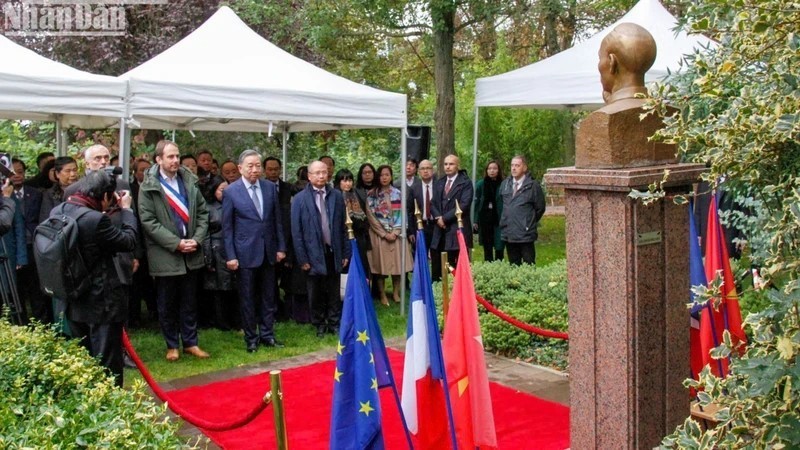 National
National
Deep Affection of International Friends
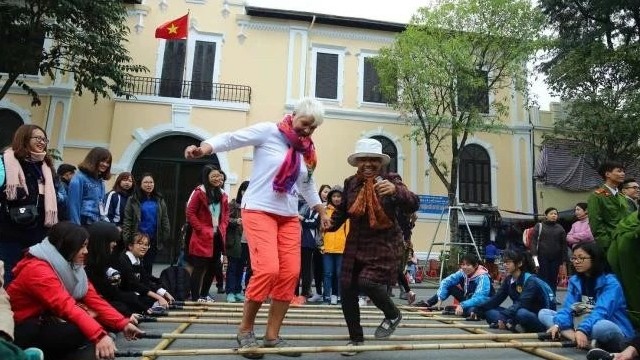 National
National
Vietnam News Today (May 20): Hanoi Named Top Cultural, Artistic Destination in Asia
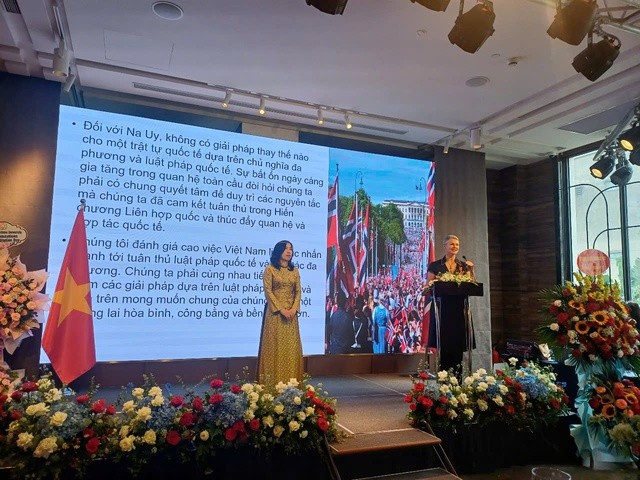 National
National
Vietnam News Today (May 19): Norway Hails Vietnam’s Continued Emphasis on Upholding International Law
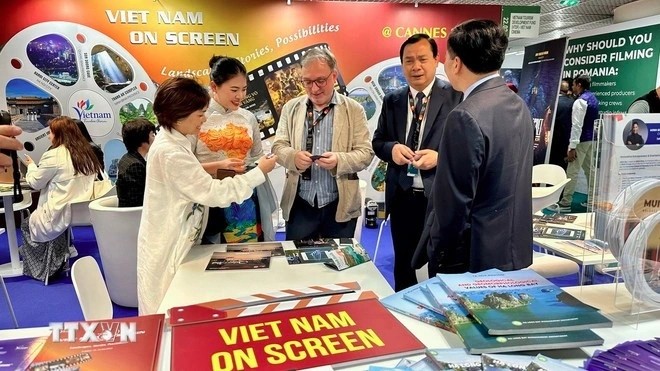 National
National
Vietnam News Today (May 18): Cannes 2025: Vietnam Rising as New Destination for International Filmmakers
Popular article
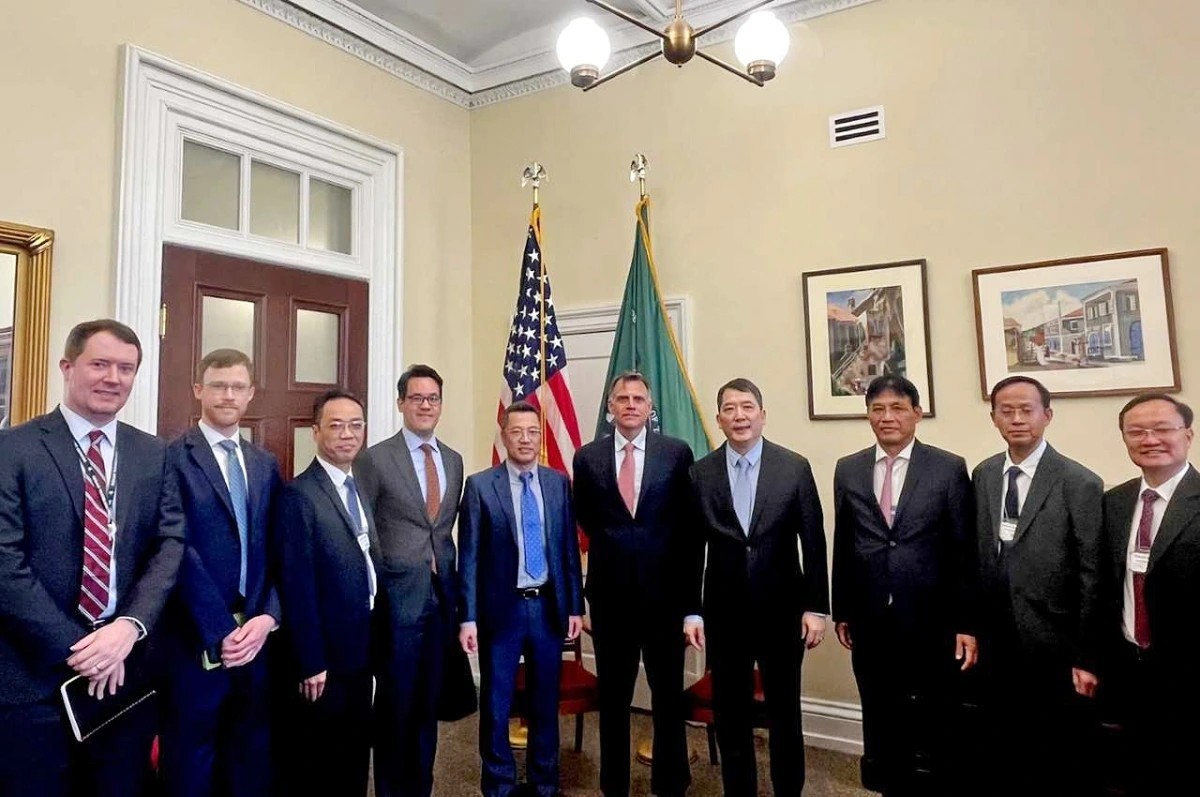 National
National
Vietnam News Today (May 17): Vietnam and United States Boost Financial Cooperation
 National
National
Strengthening Vietnam-Thailand Relations: Toward Greater Substance and Effectiveness
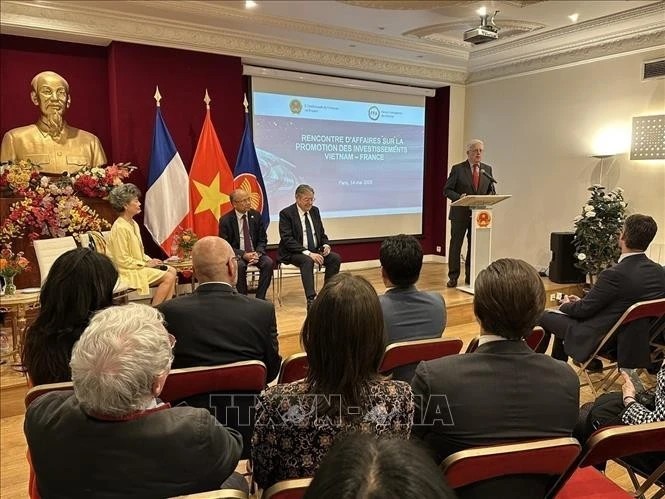 National
National
Vietnam News Today (May 16): Nha Trang Listed Among Top 15 Global Summer Destination in 2025
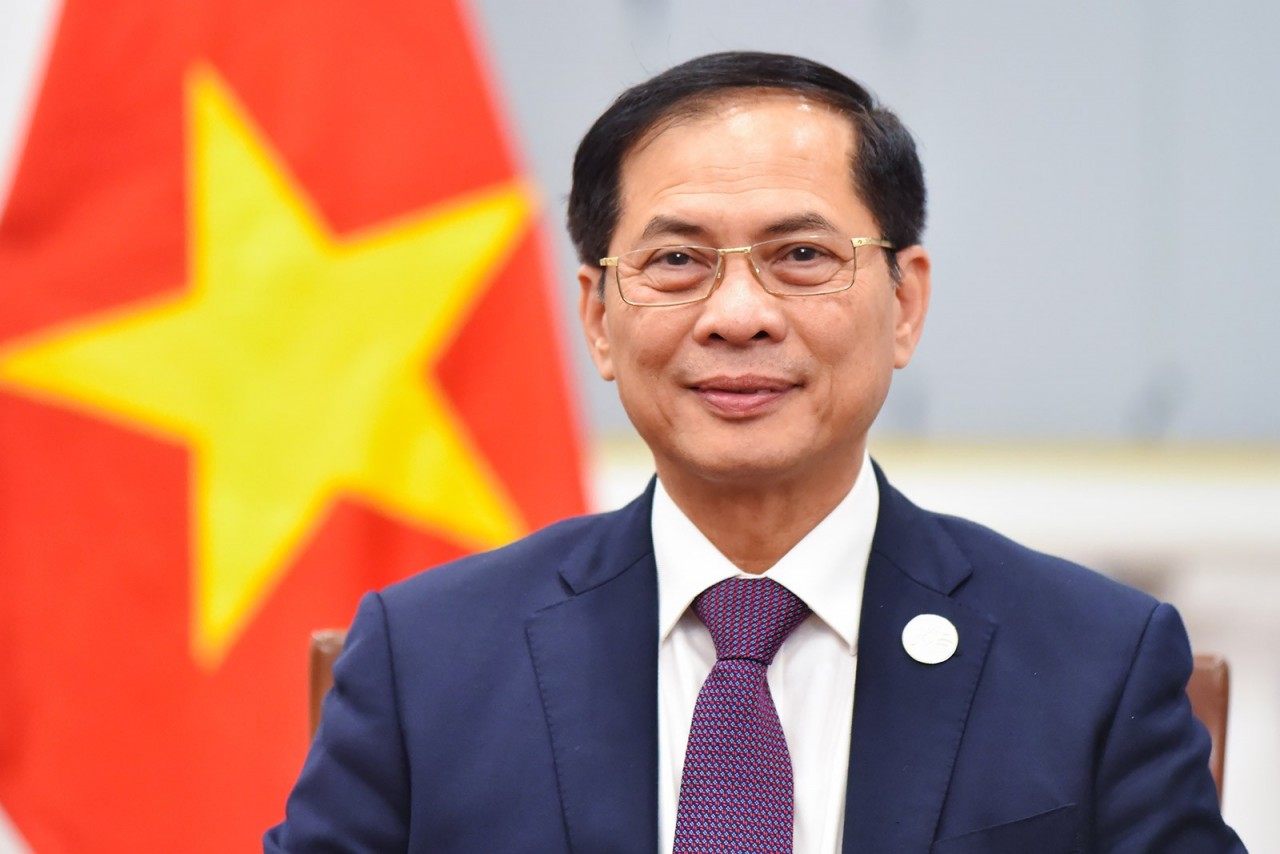 National
National



